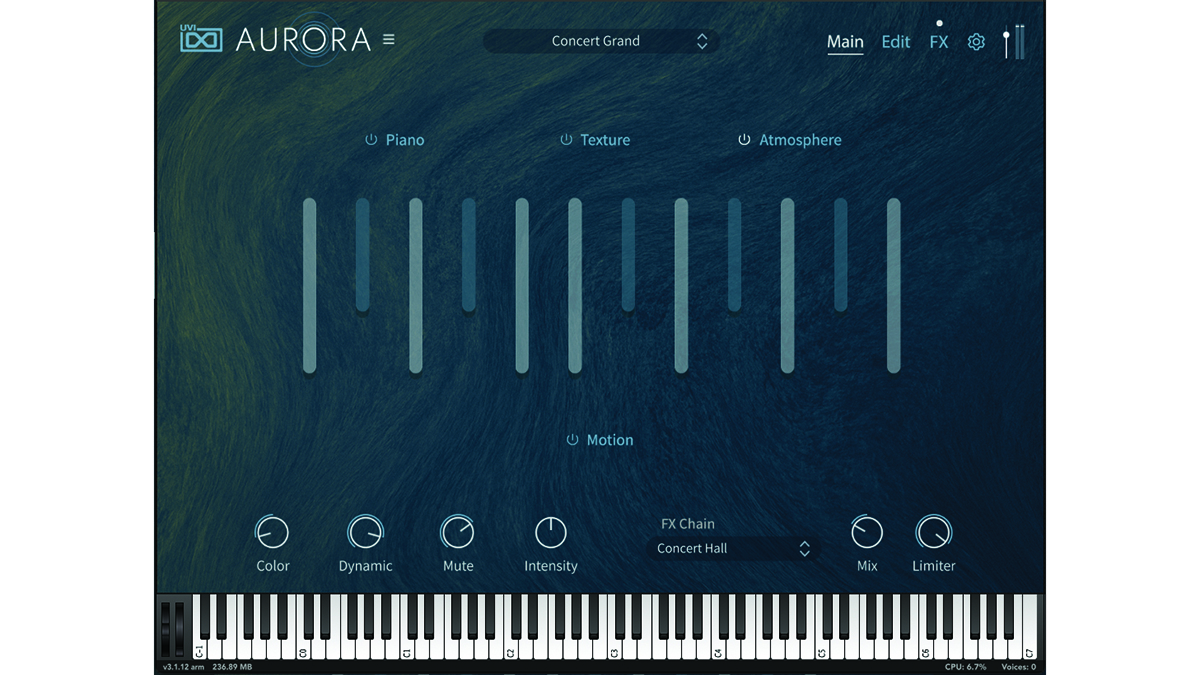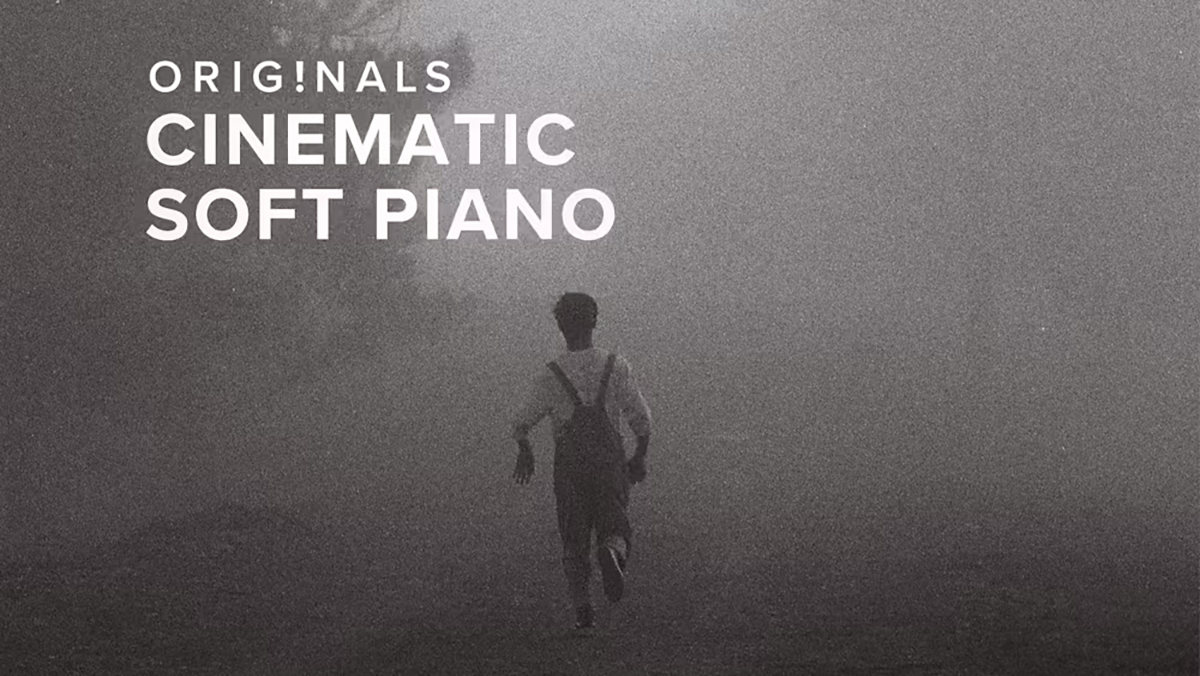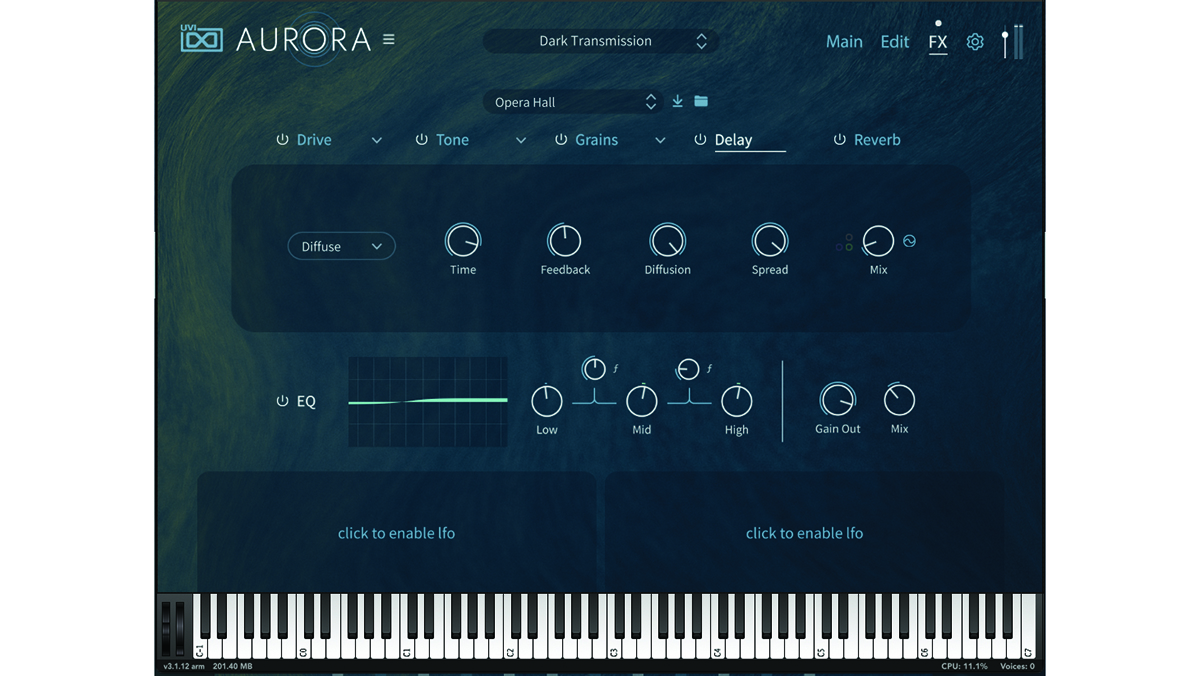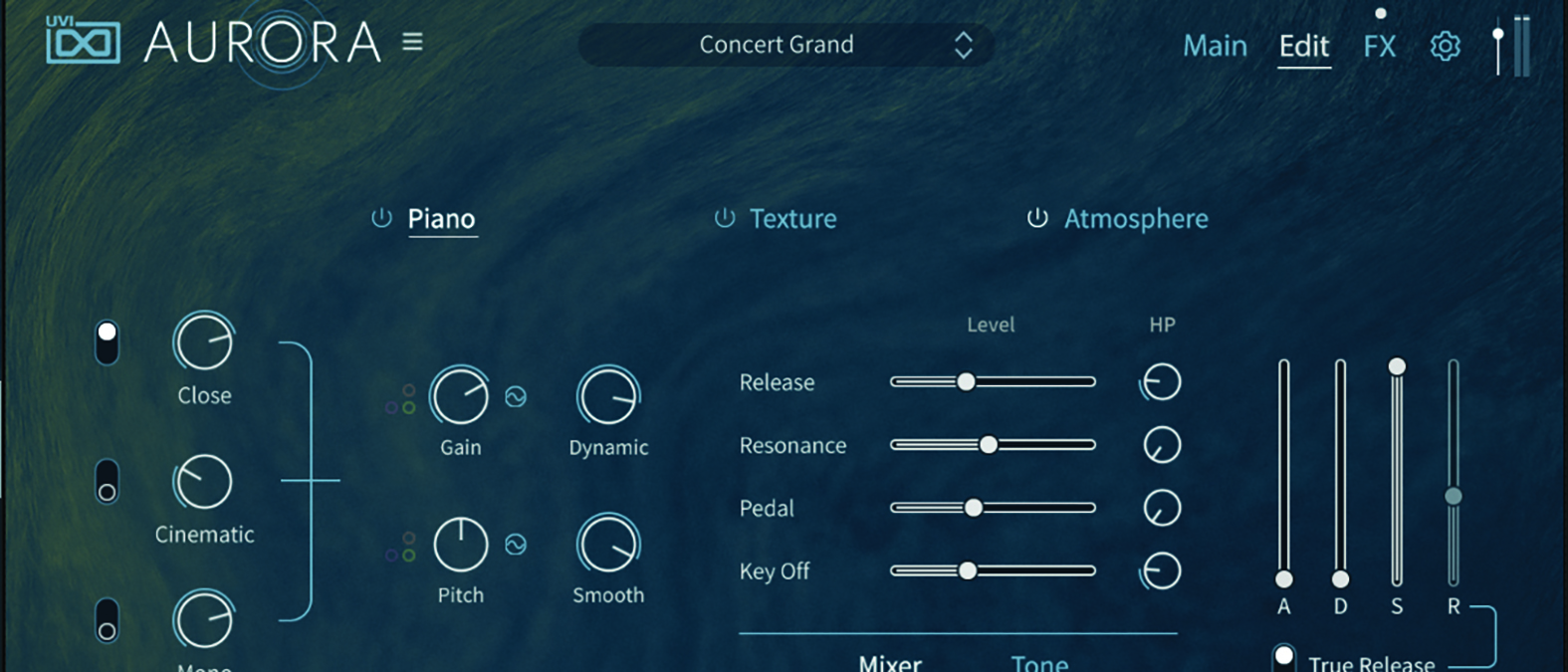MusicRadar Verdict
Whether you want a simple, effective piano sample, or scope to extend and support a piano texturally, this is an inspiring suite.
Pros
- +
Hugely versatile instrument.
- +
Worthy of cinematic and wider production placements.
- +
Motion adds lots of movement.
- +
A lot of content, relatively affordable.
Cons
- -
Few piano samples.
- -
No round-robins.
MusicRadar's got your back
UVI Aurora: What is it?
One instrument that never seems to fall out of favour is the humble piano. So versatile, it sounds perfect in just about any setting, from the Beatles to BT. But with such an abundance of piano libraries on the market, any new contender better have some serious tricks to call upon.
In previous packages, UVI has extensively sampled just about every piano available, as demonstrated throughout its product range. From the Model D to Keysuite Acoustic, the variety is pretty completist. So what does its latest piano-based instrument bring to the plugin table that we haven’t already heard?

UVI Aurora: Performance and verdict
Aurora is described as a textured piano library, providing 4.45GB of compressed samples, assigned across three layers, which combine to create an instrument patch. This begins with a new piano sample which UVI describes as a world-class concert grand piano. It doesn’t disclose the model or branding of the instrument, but it does tell us that sample capture was undertaken at the Guillaume Tell sound stage in Paris.

• Spitfire Audio Originals: Cinematic Soft Piano
A basic and intimate piano, with benefits; textural support within a simple interface.
• Spectrasonics Keyscape Creative
This Keyscape–Omnisphere hybrid provides some of the most inspiring pianistic sounds available.
During testing, we stripped the sample back to its bare bones; it has a brightness to the sound, suggesting that it may well be a Yamaha C7 or similar. This is important, because the C7 is a highly regarded concert and studio grand piano, balancing a depth of tone, with a brightness of response, which sits exceptionally well in a commercial mix.
The piano section provides the first and primary layer, with a number of editable parameters that allow the shaping of the tone. This begins with three mix/mic signals which extend from close miking to a channel described as Cinematic. Additional controls effect tone and dynamic range, finishing with a four-stage envelope, which is perfect for reshaping the decay of the original piano sample.
The second layer is titled Texture, and allows up to two samples to be combined to create a textural layer of interest. These samples range from some very percussive sounds, such as a toy piano, through to orchestral instruments and even machine sounds. Some of these more abstract samples are perfect for creating otherworldly interest. We became quite obsessed by adding record and tape noise to our patches, which can then be sweetened (tonally speaking) so that the rumble doesn’t become too overwhelming.
The final layer, Atmosphere, provides even more musical colouration. Analogue strings reside alongside orchestral counterparts, or pad-like supportive instrumentation. As with all of the layers, you can adjust the tone and envelope to suit your layer and/or patch.
Want all the hottest music and gear news, reviews, deals, features and more, direct to your inbox? Sign up here.
The Main Macro
As the three layers combine to form a patch, they sum and draw together at the Main page. Editing is more basic and generic here, but thanks to a series of Macro settings, displayed at the bottom of the window, you can create some quick and effective alterations, either statically or automated in real time.
The colour pot has an amazing effect on the piano sample, pulling apart the sampled harmonic integrity of the sound. Meanwhile the mute pot provides a quick method for deadening your triggered sound. This was particularly effective on the piano, where it provided a cross between a felt piano and something of a more percussive nature.

Piano in Motion
One of the undoubted strengths of this instrument is the ability to seamlessly layer textures alongside the piano. Using this basic concept, the piano can be transported to very cinematic and ethereal planes, but it is also possible to elicit some really interesting degrees of motion, within a patch.
Within the Motion page, a basic form of sequence/arpeggiator is available and can be applied to individual notes or chords. The number of steps can range from 1 to 32, with the ability to dictate the velocity of each note or chord played within a sequence. This can be cycled in the usual way, but there is also a one-shot trigger mode, which we found incredibly interesting for creating a degree of rapid-fire, at the beginning of a note trigger. There is also quite a helpful degree of flexibility, allowing the sequences to be directed toward all three layers simultaneously, or individual layers, as dictated.
Unlike many previous UVI instruments, Aurora operates as more of a sum of parts. The initial singular piano sample is excellent and provided us with plenty of inspiration. Combine this with the additional elements, and there is plenty of capacity for creating pianistic soundscapes that are playable and inspirational.
MusicRadar verdict: Whether you want a simple, effective piano sample, or scope to extend and support a piano texturally, this is an inspiring suite.
UVI Aurora: Hands-on demos
UVI
The Sampleist
GammaLensMedia
Green Light Sound
UVI Aurora: Specifications
- macOS 10.14 Mojave to macOS 14 Sonoma.
- Windows 10 to Windows 11 (64-bit).
- CONTACT: UVI
Roland Schmidt is a professional programmer, sound designer and producer, who has worked in collaboration with a number of successful production teams over the last 25 years. He can also be found delivering regular and key-note lectures on the use of hardware/software synthesisers and production, at various higher educational institutions throughout the UK





